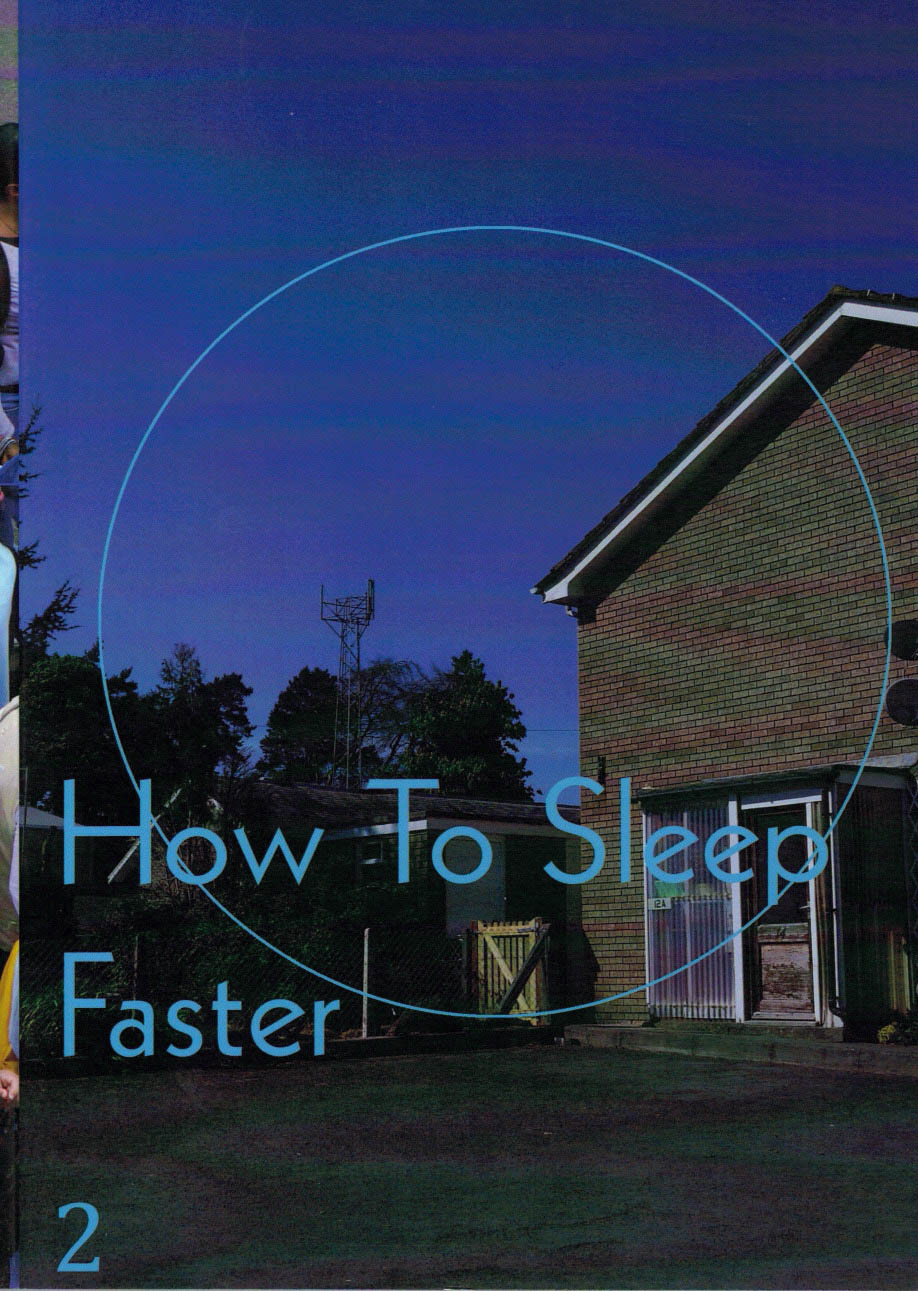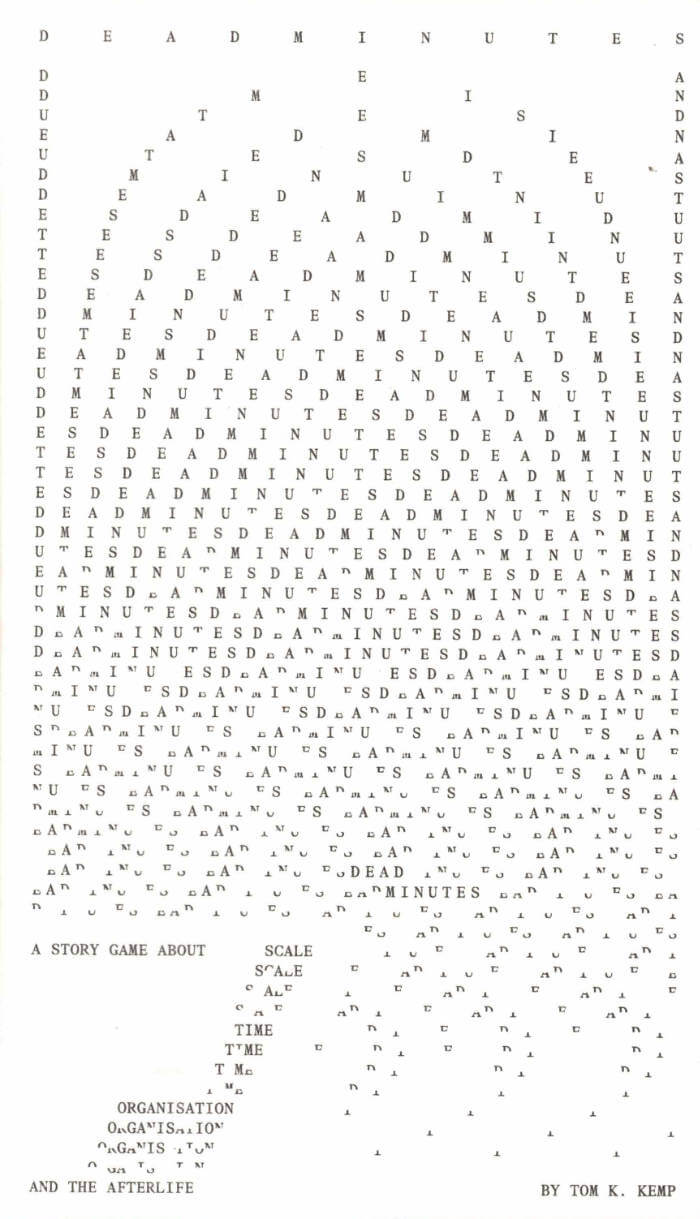
Ecology of Secrets
Deep cover, a new identity, a beached whale… a man with dreadlock implants using the alias Spanx is rooting the crusty enviro-activists out of their squats.
An ambitious young detective is tasked with creating a new kind of surveillance project to contain domestic extremists: become a domestic extremist. Under the pretence of forming a cell of environmental activists, Spanx and company go deep into the belly of the beast. Along the way, they take over the identities of dead children, the carcasses of cetaceans, and Wordsworth’s cottage in Grasmere. But then Spanx falls for a flower child called Psyche, takes on one identity too many and things really get complicated.
Arcadia Missa Publications, London, 2013; with additional editing by Felix L. Petty.
Language: English







